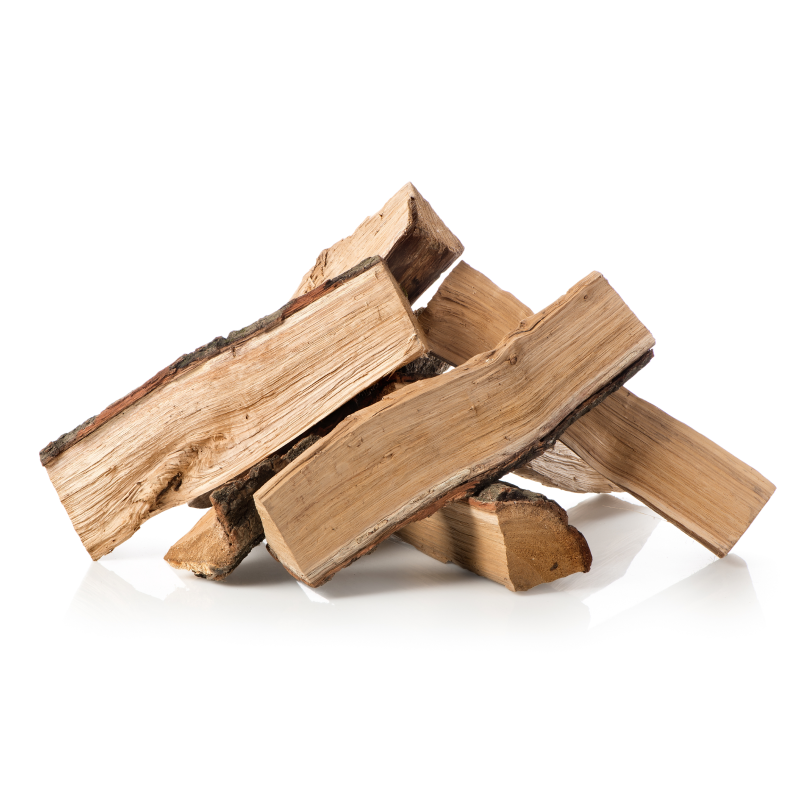Cooking with wood that isn't certified by the USDA (U.S. Department of Agriculture) or a similar regulatory body in other countries can pose several risks. The certification process ensures that the wood is suitable for cooking, specifically that it is free from harmful chemicals, pesticides, and other contaminants. Kiln-dried firewood is more expensive than the alternatives (wet or seasoned wood) but I'm not sure you want to take that risk.
Cost savings are critical to running a successful business or a successful home but some things, like the fuel that you cook with, might not be worth the risk. It's common to find pesticides, mold, or insects/pests in firewood which could contaminate your food or kitchen (especially if you store wood inside). But that's not all.
Here are 5 reasons you should always cook with kiln-dried firewood.
-
Chemical Contamination: Uncertified wood may have been treated with chemicals, pesticides, or preservatives that are not safe for combustion and can release toxic fumes when burned. These chemicals can contaminate the food being cooked, posing serious health risks. In fact, the CDC estimates that 48 million Americans are sickened by foodborne pathogens each year, with approximately 3,000 fatalities. So the risks of cooking with wood that isn't certified might not be worth the reward which is often just cost savings and accessibility.
-
Moisture Content and Mold: USDA-certified, kiln-dried woods are dried to a specific moisture content, making them safe for burning. Uncertified wood may have higher moisture content, leading to inefficient burning and excessive smoke. Moreover, wood that hasn't been properly stored may develop mold, which can release harmful spores when burned.
-
Inappropriate Wood Types: Certain types of wood are not suitable for cooking due to the flavors they impart or the potential toxins they release when burned. For example, softwoods like pine contain high levels of sap and can release harmful chemicals when burned. Certified wood is typically from hardwood species that are known to be safe and provide good flavor.
-
Environmental Risks: Using uncertified wood may also pose environmental risks. It might come from unsustainable sources, contributing to deforestation and habitat destruction. Certified wood is usually sourced from managed forests that follow sustainable practices.
-
Fire Hazards: Improperly seasoned or treated wood can increase the risk of chimney fires due to the buildup of creosote, a highly flammable substance produced by burning wood.
To mitigate these risks, it's advisable to use wood that is certified and kiln-dried to be safe for cooking. This ensures that the wood has been properly processed, stored, and is free from harmful contaminants.

